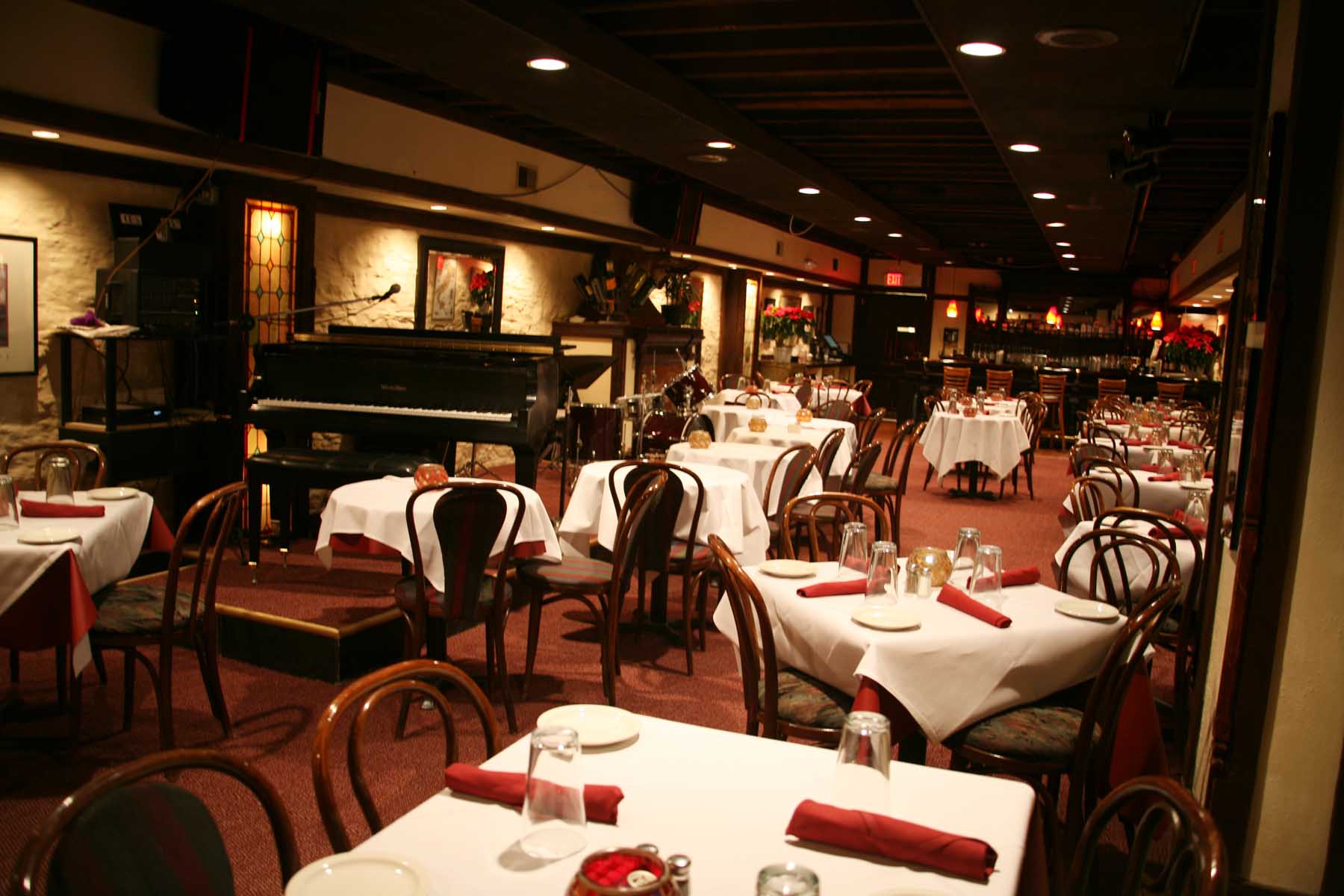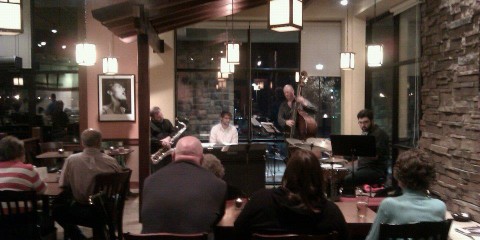

However, it’s a little more family-friendly now. and shares residence with the Main Street Alamo Drafthouse Theater. A throwback club to the Chesterfield now resides at 1400 Main St. It was so unholy that after the club lost protection from boss Tom Pendergast when he was indicted for income tax evasion, the city actually shut it down as a public nuisance. To go along with the seedy atmosphere, the women bared pubic hair shaved into a heart, diamond, spade or club. This raunchy gentlemen’s club offered drinks and meals served by waitresses dressed in nothing but cellophane aprons and red stilettos. 9th Street downtown, The Chesterfield Club boasted much more than its beautiful music. Image courtesy of the University of Missouri at Kansas City LibraryĬhesterfield Club – Originally located at 320 E. Now, the State Line Tavern is a parking lot. And if both state policemen showed up, well, they probably ran. And if the Missouri police decided to show up, they would just mosey on over to the Kansas side. During the Prohibition era, drinkers, gamblers and musicians would flee to the Missouri side if the Kansas police raided the joint. A thick white line divided the bar to help distinguish the two sides. This was one cool and clever joint, for half the building sat on the Missouri side, and the other half on the Kansas side. State Line Tavern – Located, you guessed it, right on State Line Road at 3205 Southwest Boulevard. Below are just a few of the infamous jazzy nightclubs of Kansas City’s past from before, during and after prohibition. This was thanks to boss Tom Pendergast and his political power over the police in the area. Notables of Kansas City jazz include pianists Pete Johnson and Mary Lou Williams, singer Big Joe Turner, trumpeter Oran “Hot Lips” Page, saxophonists Jimmy Smith, Buster Smith, Ben Webster, and Lester Young, bassist-bandleader Walter Page, saxophonist-bandleader Andy Kirk, and pianist-bandleaders Bennie Moten, Jay McShann, and Count Basie.Boss Tom Pendergast, State Line Tavern, Chesterfield Club, Hey Hay Club, Milton Moriss, Reno Club, Subway Club, Sunset Club, Piney BrownĪn old weekly newspaper called The Future, which focused on, well, the future of Kansas City, said that Kansas City had “more night clubs per capita… than in any other city in the United States.” During a time when the country was officially dried out due to Prohibition, Kansas Citians were still making, buying, drinking and selling hooch. Hammond discovered Kansas City talent in the shape of Count Basie. Kansas City jazz burst on to the national scene in 1936 when record producer John H. Just six blocks to the south, jazz also flourished at 18th & Vine, which became nationally respected as the epicenter of the city’s African American community.

At its height, 12th Street was home to more than fifty jazz clubs. Kansas City’s 12th Street became nationally known for its jazz clubs. A saxophone player named Charlie Parker began his ascent to fame here in his hometown in the 1930s. Legends like pianist-bandleader Count Basie, saxophonist-bandleader Andy Kirk, singer Big Joe Turner, trumpeter Oran Thaddeus “Hot Lips” Page, and pianist-bandleader Jay McShann all played in Kansas City. At one time, there were more than 100 nightclubs, dance halls, and vaudeville houses in Kansas City regularly featuring jazz music. Only in Kansas City did jazz continue to flourish during the Depression.

This “wide-open” town image attracted displaced musicians from everywhere in mid-America. During prohibition, he allowed alcohol to flow in Kansas City. Kansas City jazz flourished in the 1930s, mainly as a result of political boss Tom Pendergast. By the mid-1920s, the big band became the most common. In the early days, many jazz groups were smaller dance bands with three to six pieces. In fact, the city’s first jazz recording by Bennie Moten in 1923 was “Evil Mama Blues.” Settings such as dance halls, cabarets, and speakeasies fostered the development of this new musical style. Blues singers of the 1920s and ragtime music greatly influenced the music scene, evolving eventually to Kansas City jazz-a new kind of blues that jumped with a jazz sound. Blues formed the basic vocabulary for KC-style jazz. Kansas City is world-renowned for its rich jazz and blues legacy.


 0 kommentar(er)
0 kommentar(er)
